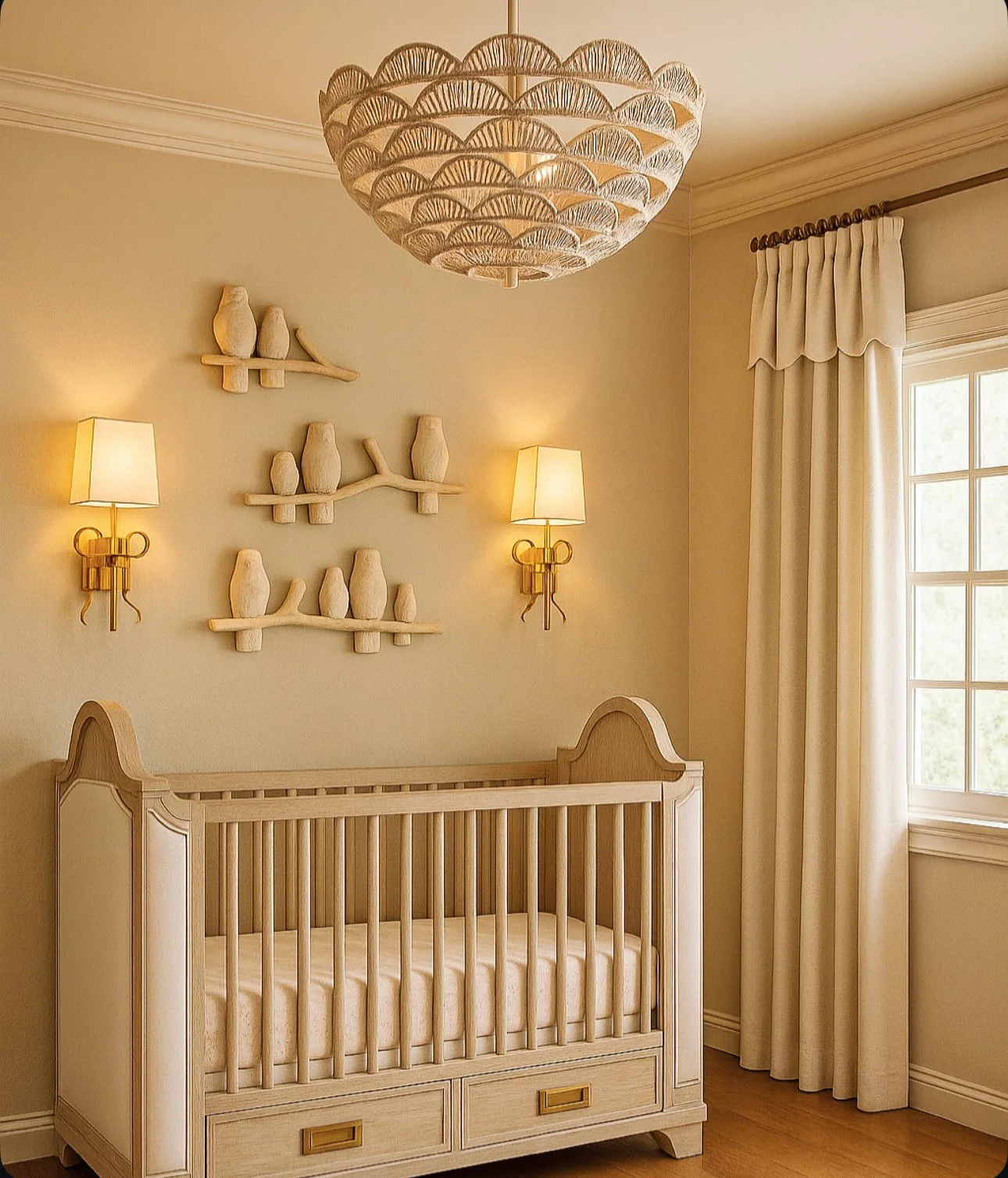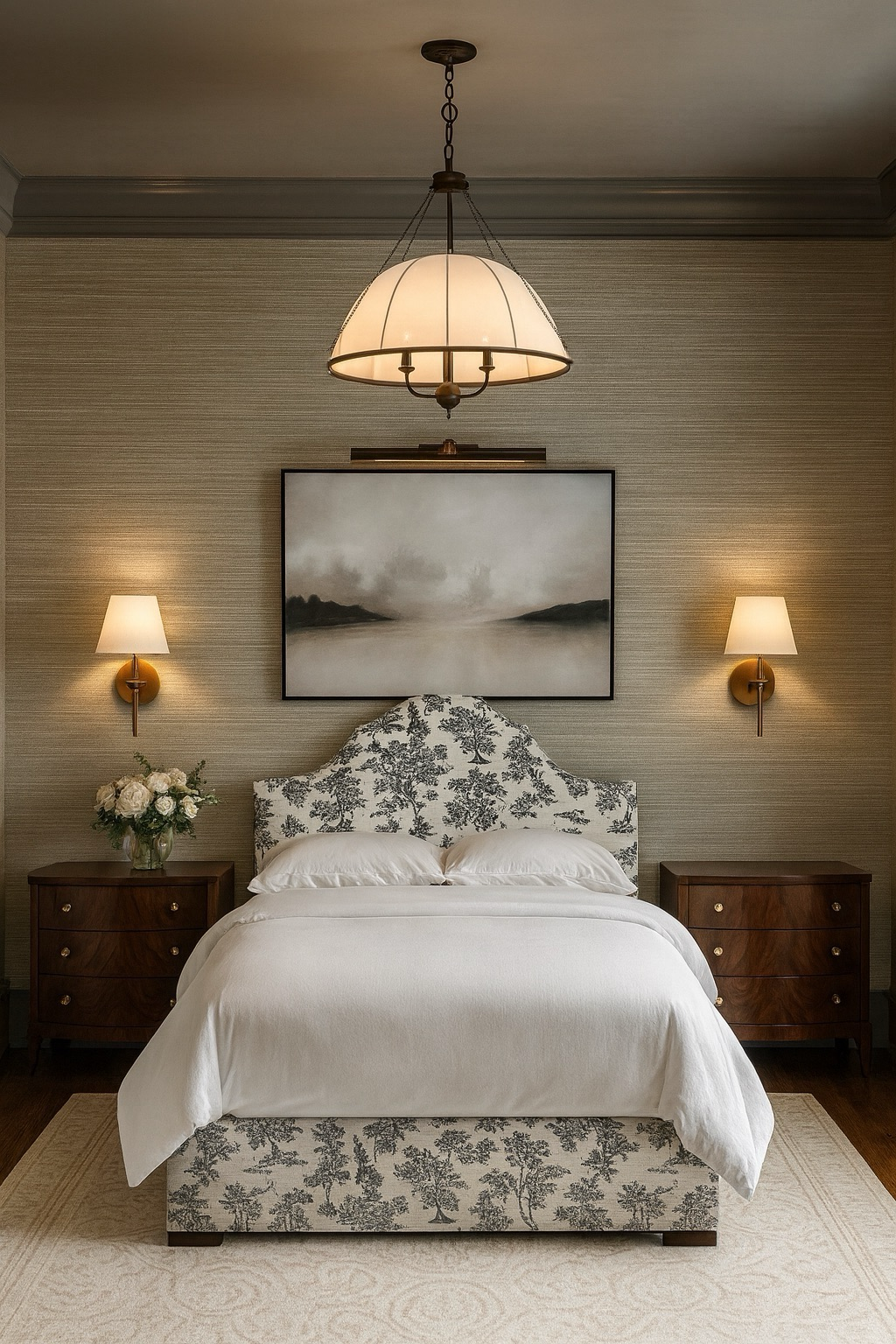The Sound of Beautiful Living: Why Acoustic Design Matters More Than You Think
When you walk into a truly beautiful home, you notice more than what you see—you notice what you hear.
The hush of a bedroom. The soft echo of a hallway. The calm hum of a living space that feels peaceful without knowing why. That’s acoustic design—the invisible layer that makes a home feel luxurious, grounded, and deeply livable.
Most people never think about it, but sound is one of the most powerful (and overlooked) design tools we have.
The Forgotten Sense in Design
As designers, we spend endless hours balancing color, texture, and proportion, but rarely talk about how a room sounds.
Hard surfaces like stone floors, glass, and high ceilings bounce sound around, creating an echo that subconsciously raises tension. Soft materials like rugs, drapery, upholstered furniture, and plaster walls absorb sound and calm the space.
The right balance between hard and soft materials doesn’t just look intentional—it feels intentional.
Design by House of Life and Love
Why Quiet Feels Expensive
There’s a reason high-end hotels and spas always feel serene: they’ve mastered acoustic balance.
Quiet communicates comfort. It signals privacy, calm, and luxury.
A well-designed home muffles footsteps, softens voices, and absorbs the noise of daily life. It’s not sterile silence—it’s warm, cushioned sound that makes a space feel safe.
Luxury isn’t loud. It’s peaceful.
Materials That Shape the Soundscape
Every surface in a home affects how sound travels.
Rugs soften echo and ground a space.
Upholstery absorbs mid-range noise like conversation.
Bookshelves and art scatter sound reflections naturally.
Textured walls like limewash, plaster, beadboard will diffuse sharp sound.
Drapery and Roman shades calm hard window glass.
When you layer materials intentionally, you’re designing more than a look— you’re curating how your home feels to live in.
Design by House of Life and Love
Designing for Connection
Good acoustics aren’t just about silence…they’re about connection.
A dining room that doesn’t echo invites conversation.
A kitchen that hums softly feels more welcoming.
A living room with a gentle tone lets laughter and music blend easily.
Sound controls intimacy. It determines how we interact and how relaxed we feel inside a space.
When Architecture and Atmosphere Meet
The best acoustic design starts early—during renovation or new construction— with smart insulation, ceiling treatments, and material planning. But even small changes can make a big difference. Adding rugs, layering window treatments, or introducing texture through plaster or fabric panels can completely shift how a home sounds.
When architecture and atmosphere align, a home becomes not just beautiful, but balanced.
The Design Takeaway
Close your eyes in your favorite space and listen.
If it sounds calm, grounded, and soft—that’s good design.
If it echoes or feels chaotic, there’s potential waiting.
At House of Life and Love, we believe design should engage every sense— sight, touch, and sound because a beautiful home should look stunning and feel peaceful.
Love,
Lindsay


